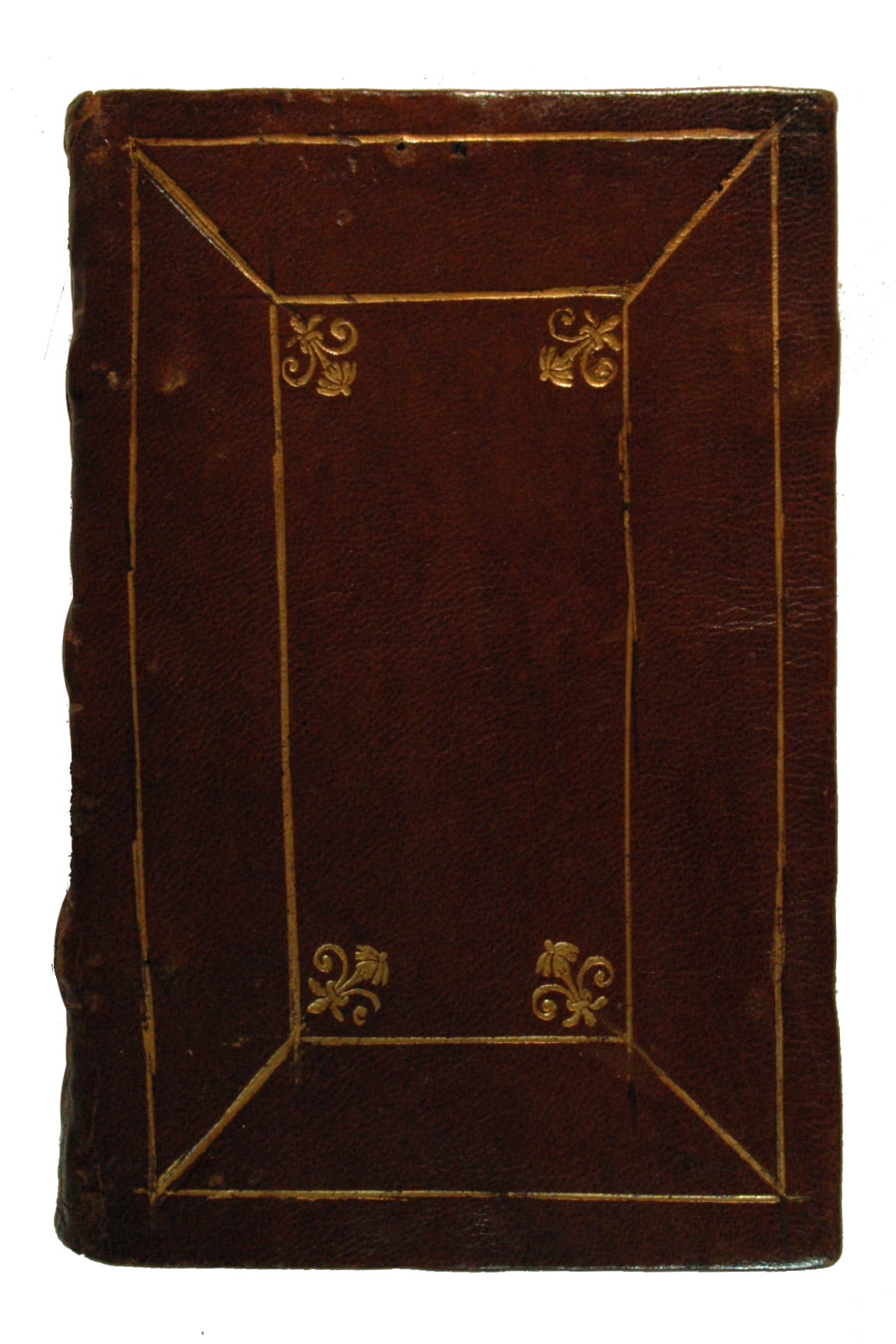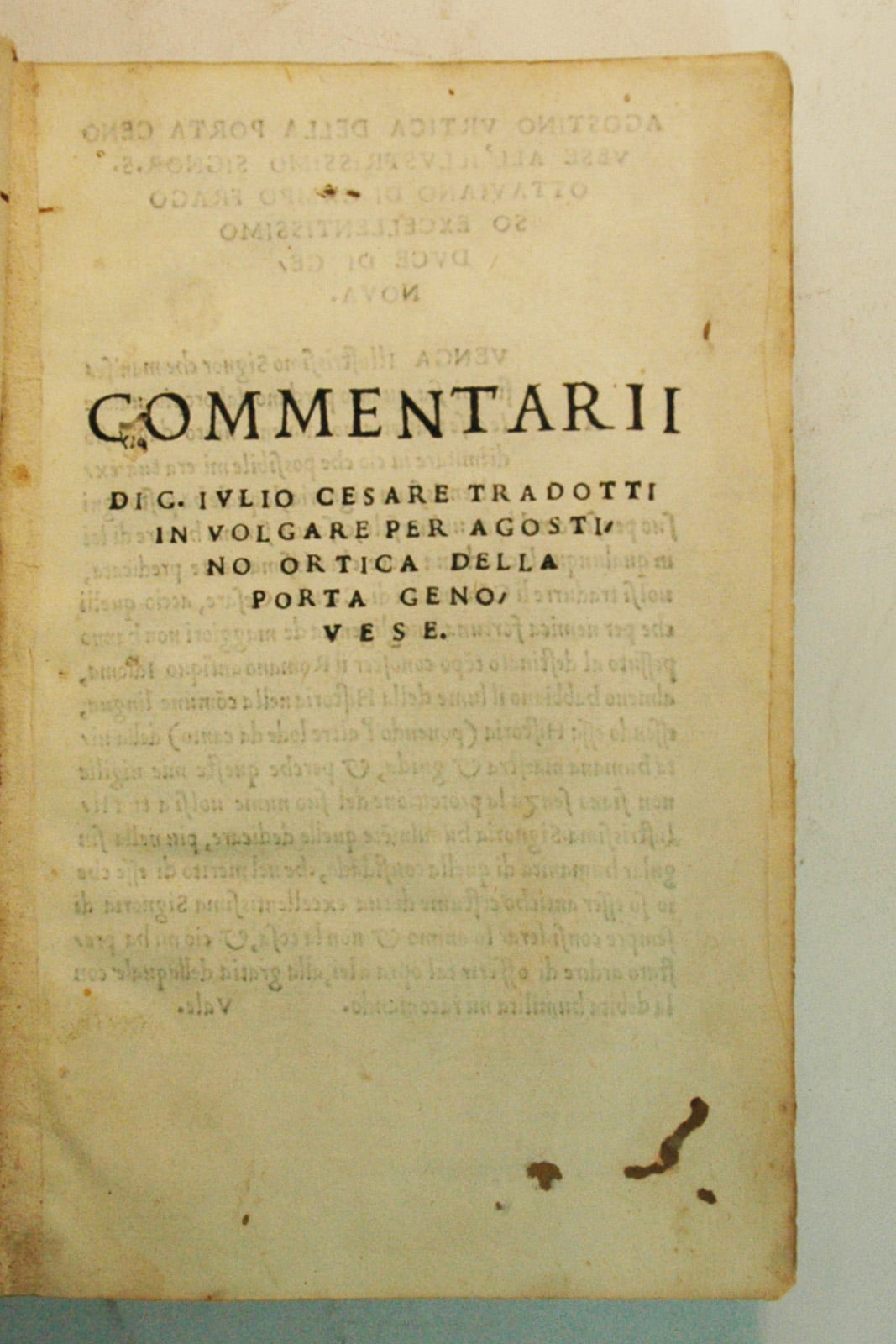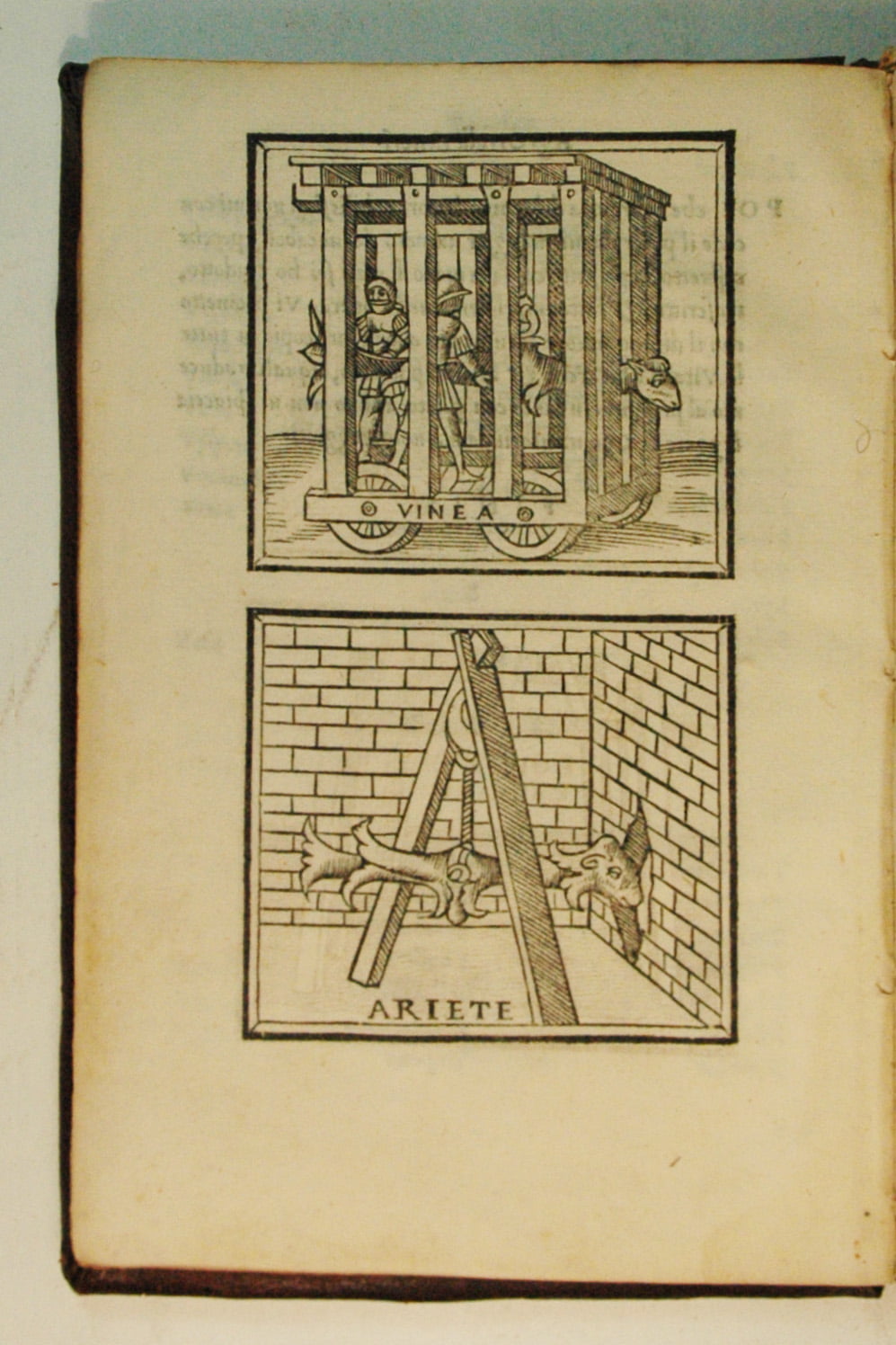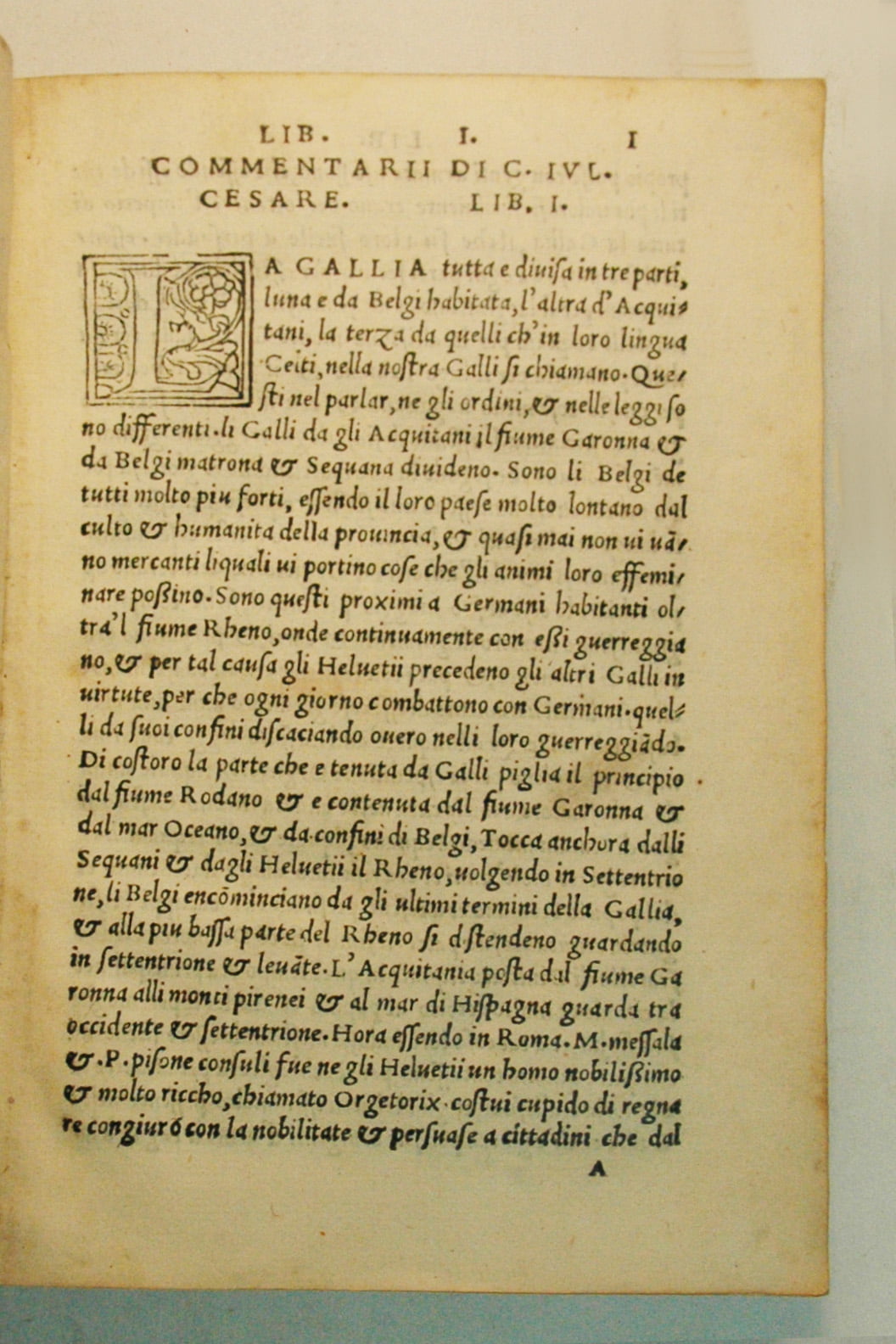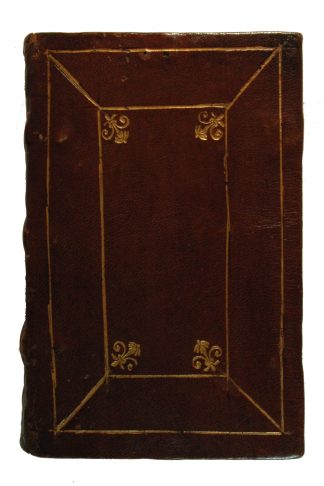CAESAR, Caius Julius
Commentarii, tradotti in volgare par Agostino Ortica della porta Genovese
Venice, Gregorio de Gregorii, 1523£2,250.00
Small 8vo. ff. [viii] CCXXXI [i] including final blank. Italic letter, small woodcut initials, four half-page woodcuts of siege engines and a bridge over the Rhine near beginning. Light age-yellowing, minor marginal worming to title-page and last two leaves, a good copy in later C16 red panelled morocco gilt over bds, fleurs-de-lys at corners of panel and in three of four) compartments on spine, top compartment lettered gilt.
An early edition of Ortica’s translation, first recorded in 1517, which dominated the Italian market in the first half of the C16. In this edition the translation is still apparently unfinished, after Book VI Ortica includes a letter apologising for omitting his version of Book VII, which was imperfect and interrupted. The history of Caesar’s military campaigns in Gaul, Spain, Africa, Egypt and the Civil Wars, with their terse style and lively narrative, have, in their Latin original, been a perennial favorite with schoolmasters. In the vernacular the book could be used as a crib, and at the beginning the translator provides a vocabulary of Latin and Italian place names, explaining that it is so short because he has not had more time, with all the work of translating, transcribing and having the edition printed; he promises that his versions of the Lives of Plutarch and Helius Spatianus, which he is in the process of writing, will have longer lists. The travails of the C16 literary hack!
The three half-page illustrations of siege engines, the “vinea”, the “ariete” and the “testudine”, and the one of the bridge half-constructed in the middle of the Rhine, which all follow the vocabulary, are very jolly.
The binding is curious. It is C16 Italian morocco but over bds of the thickness we would normally associate only with pigskin. Did the binder or his client have a change of heart half way? Is it a provincial production of the far north Italian where German style bindings were more common? Were there once many bindings like this but very few survivors?
In stock


